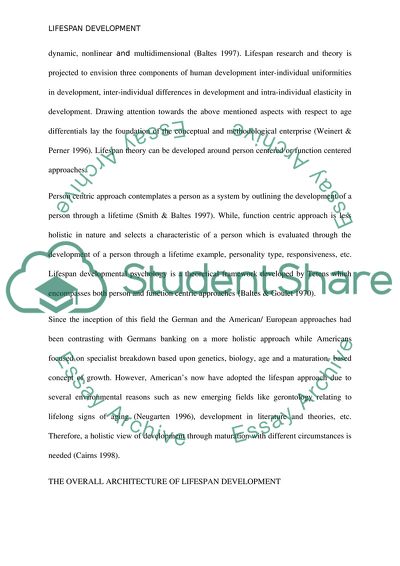Cite this document
(“The influence of cultural issue s on lifespan developmnet Essay”, n.d.)
Retrieved from https://studentshare.org/psychology/1595318-the-influence-of-cultural-issue-s-on-lifespan-developmnet
Retrieved from https://studentshare.org/psychology/1595318-the-influence-of-cultural-issue-s-on-lifespan-developmnet
(The Influence of Cultural Issue S on Lifespan Developmnet Essay)
https://studentshare.org/psychology/1595318-the-influence-of-cultural-issue-s-on-lifespan-developmnet.
https://studentshare.org/psychology/1595318-the-influence-of-cultural-issue-s-on-lifespan-developmnet.
“The Influence of Cultural Issue S on Lifespan Developmnet Essay”, n.d. https://studentshare.org/psychology/1595318-the-influence-of-cultural-issue-s-on-lifespan-developmnet.


